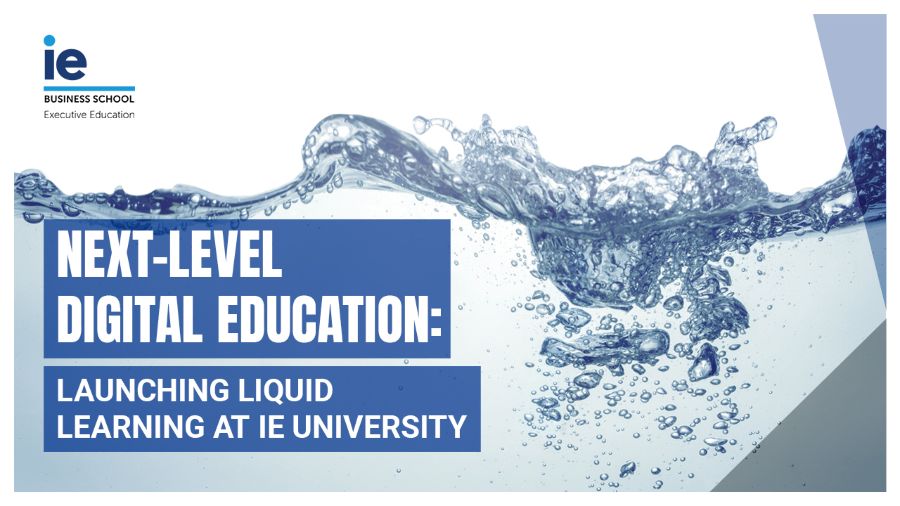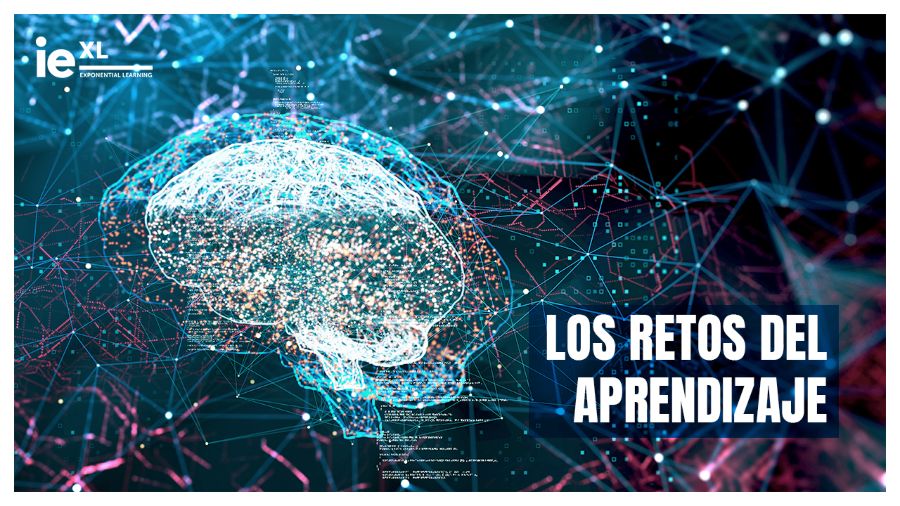Social Intelligence vs. Emotional Intelligence and how making the distinction can help you lead

Intelligence
According to Psychology Today, intelligence is “…a construct that includes problem solving abilities, spatial manipulation and language acquisition.” The American Psychological Association describes the definition of intelligence as all about how well our intellect functions, and what we often measure using IQ tests, aimed at measuring our intelligence quotients. Intelligence measured by IQ tests isn’t the be all and end all. Regardless of the number of languages that you learn to speak, the amount of information you memorize, and even how well you can complete math problems, intelligence inevitably is a more complex measure. Unfortunately, “IQ and technical skills will only get you so far.”
Two types of intelligences that are unmeasurable in IQ tests are pivotal for success in leadership levels in business, and even in innovation, as evidenced in the category for a recent Fast Company article about why venture capitalists look at one of these types of intelligence: innovation agents. These two kinds of intelligence are Emotional Intelligence (EQ) and Social Intelligence (SQ).
Social Intelligence
Psychology Today states that social intelligence “…develops from experience with people and learning from success and failures in social settings. It is more commonly referred to as “tact,” “common sense,” or “street smarts.”
The magazine describes critical traits for people with high SQ:
- They can carry on conversations with a wide array of people and verbally communicate with appropriate and tactful words, also known as “social expressiveness skills.”
- They’re adept at learning how to play different social roles, and well-versed at the informal rules of the game that are the creed of social interaction.
- They’re known to be excellent listeners.
- They know how to efficiently analyze what makes people tick by paying attention to what they’re saying and how they’re behaving.
- Not only do they know how to learn to play different social roles; they put those skills into practice to feel at ease with many different types of personalities.
- They take care of the impression of themselves they exude on other people. This is the hardest skillset because it requires “…a delicate balance between managing and controlling the image you portray to others and being reasonably “authentic” and letting others see the true self.”
Emotional Intelligence
In contrast to SQ, Psychology Today describes emotional intelligence as “…the ability to identify and manage your own emotions and the emotions of others.” Emotional intelligence contains three competencies:
- Emotional awareness
- Applying emotions to processes such as problem-solving and thinking
- Emotion management implied as both being able to help control other peoples’ feelings as well as your own.
While the following video explaining the EQ concept has more concepts than what was in the Psychology Today article, it successfully breaks down this idea that will help you capitalize human ingenuity:
Emotional intelligence, in fact, is now entering the evaluation criteria for venture capitalists. Fast Company recently interviewed eight VCs about five questions they ask startup founders as they look to award funding. They are:
- How often do they consult with others?
- How do they inspire and encourage people?
- How do they handle tough questions?
- Can they stay flexible without losing focus?
- What type of team have they assembled?
The goal from asking these questions related to emotional intelligence is to see how potential founders handle emotions in constantly-changing, fast-paced environments that feel like pressure cookers. Thus, VCs will be more willing to invest in those capable of developing and maintaining long-term relationships.
Keeping these skills in mind will help you in your quest of adapting your team, and even your overall organization, to the pressure-cooker VUCA world.
Together, they are ESI
When EQ and IQ come together, they form ESI, or Emotional and Social Intelligence. ESI competencies are those “…linked to self-awareness, self-management and relationship management, which enable people to understand and manage their own and others’ emotions in social interactions.” What does this combination mean for me? Think about how we said that technical skills and IQ are not enough to differentiate who will be the best leader, while some may wish that was the case. ESI competencies, rather than IQ and technical ones, are responsible for the gap between the performance of those leaders that are great from those just deemed average. Fortunately, while IQ often gets set in stone early on in life, ESI competencies can be learned and improved over time.
So, how are they different?
Both skillsets are critical for embracing innovation. But, when do we use emotional intelligence and when do we use social intelligence? Will Chou breaks it down like this:
Social intelligence, Chou says, is more about the future. Social intelligence came about so that people could survive, and it’s about figuring out the best way for you to get along, and come out of a situation with a favorable outcome. Even if you have the qualifications on paper, a lack of social intelligence could lead to strained or ruined relationships, as well as lost opportunities. As much as you would maybe like to be blunt with someone when giving feedback, you may try to edit your words to try to convey constructive criticism without putting your foot in your mouth.
In contrast, emotional intelligence is more about the present, and thus more closely related to emotions and feelings. By reading someone’s face, you can tell whether that person is happy, incredibly nervous before going into a job interview, or shy because that person happens to be in his or her own corner in the middle of a party.
How does this apply to Innovation for Growth?
EQ and SQ, combined with your IQ, will be key to harnessing the concepts and frameworks in the Innovation for Growth program to tap your most strategic asset: human ingenuity. You’ll be able to get the most out of your team if you know how to build relationships with them and bring them into your overall strategic goals.
Ready to up your SQ and EQ?
If you’re eager to know more about the Innovation for Growth HiOP, click here for your copy of our informational brochure. And if you’re set on joining us in our next intake, get started on your application.



